Stepping up to an interchangeable lens camera opens up a world of creative opportunities but it also means that you have to make some important decisions. Amongst the most crucial is the choice of lens
Panasonic makes a huge range of lenses with models to suit both its G and S-series cameras. Plus, there are some compatible third-party lenses that widen the cameras’ creative potential further
So how do you decide what to use? Let’s take a look at what you need to consider:
Which lens mount?
Your camera dictates which mount lenses you should use. If you have a G-series camera you need to use Micro Four Thirds lenses and if you have an S-series camera you need to use L-mount lenses.
L-mount lenses produce an image circle that’s large enough to cover the full-frame sensor of the S-series cameras. Because G-series cameras have a smaller sensor they don’t need such a big image circle so they are smaller and lighter.
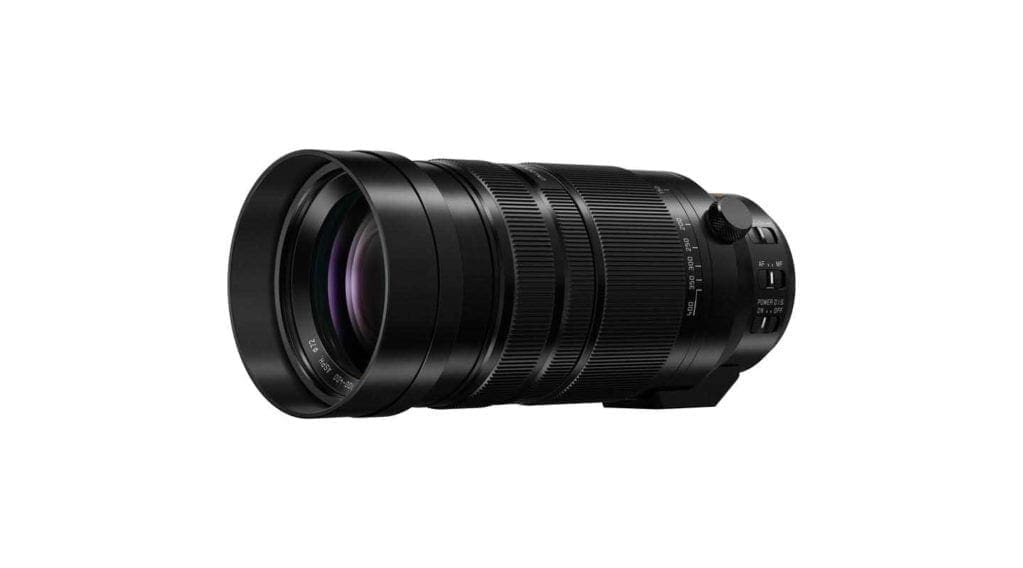
Which focal length?
After the lens mount, the focal length is the most important decision you need to make when selecting a lens. Focal length is expressed in millimetres (mm) and the longer the focal length, the closer or larger an object appears in the viewfinder.
Consequently, long focal length lenses like the Panasonic 100-400mm f4-6.3 Power OIS are popular with wildlife photographers who need to be able to frame distant subjects. Meanwhile short focal length lenses like the Panasonic 12mm f1.4 ASPH Leica DG Summilux capture a wide angle of view and are popular with landscape photographers.
Meanwhile 70 to 100mm lenses are a popular choice for head and shoulder portraits because they enable you to stand a comfortable distance from your subject and they give a flattering perspective.
Because of the smaller size of the sensors in G-series cameras, objects look closer than when using the same focal length on an S-series camera. In fact, there’s a 2x focal length magnification factor. That means that if you use a 200mm F2.8 Leica DG Elmarit Power O.I.S. lens on a Lumix G9, for example, it captures images comparable to those shot using using a 400mm lens on a Lumix S1. That’s incredibly useful when you’re trying to photograph distant subjects.
Lenses are usually referred to by their actual focal length but photographers use their effective focal length to make it easy to compare different optics on a range of cameras. The effective focal length is the actual focal length multiplied by the magnification factor. The 200mm F2.8 Leica DG Elmarit Power O.I.S. lens, for example, has a focal length of 200mm but on G-series cameras it has an effective focal length of 400mm.
An effective focal length of 43mm produces an angle view similar to the human eye so lenses with an effective focal length close to that, such as the Panasonic 25mm f1.4 II Leica DG Summilux ASPH, are often called ‘standard’ lenses. Lenses with shorter focal lengths capture a wider angle of view than our eyes and are called wide-angle lenses. Longer focal length optics are called telephoto lenses.
Zoom or prime lens?
Prime lenses are lenses with a fixed focal length and they usually produce the best quality results because all of the optics inside are optimised for a particular focal length. However, zoom lenses are very popular because of their convenience. They let you change focal length with just a twist of a ring on the barrel. Also, because of the advances made in optical engineering, the difference between the image quality from a good zoom lens and a prime lens is now quite small.
Which aperture?
As well as their focal length, lenses are marked with their maximum aperture. The Panasonic 25mm f1.7 Lumix G ASPH, for example, is a 25mm (50mm effective) lens with a maximum aperture of f/1.7.
Zoom lenses often have two maximum aperture sizes, one at the wide end and another smaller maximum at the telephoto end. The Panasonic 12-60mm f3.5-5.6 Lumix G Vario Power OIS, for instance, has maximum aperture of f/3.5 at the 12mm (24mm) end and f/5.6 at the 60mm (120mm) end.
As in the examples above, prime lenses often have a larger maximum aperture than a zoom lens covering that focal length range. Lenses with large maximum apertures are often bigger and more expensive than comparable lenses with smaller apertures.
As well as enabling fast shutter speeds in low light, larger apertures give great control over depth of field allowing you to blur the background of an image more than with a smaller aperture. As a rule, wide aperture lenses are preferred but they cost more.
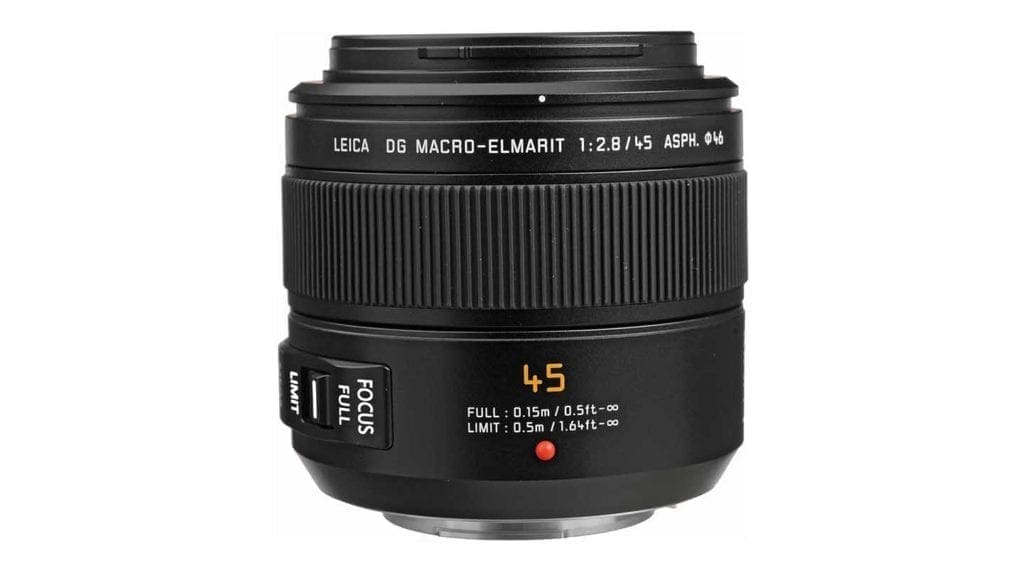
Specialist lenses
There are two sorts of specialist lenses that are popular with Panasonic Lumix cameras, macro lenses that let you focus much closer than normal lenses, and anamorphic lenses that enable you to shoot with a wider aspect ratio than normal.
True macro lenses like the Leica DG Macro Elmarit 45mm f/2.8 Mega OIS enable you to shoot close enough to get life-size reproduction on your camera’s sensor. They are invariably prime lenses to ensure the highest quality results with pin-sharp detail.
Anamorphic lenses have their origins in cinema and they are popular on cameras like the Micro Four Thirds GH5 and GH5S or the full-frame Lumix S1H. They effectively squeeze a wider view onto the sensor than a normal lens. The end result looks squashed horizontally but it can be ‘desqueezed’ in post production or using the camera’s desqueeze settings to get the wide cinema look and characteristic oval highlights in out of focus areas.
There are plenty of old and new anamorphic lenses around. The Vazen 40mm T2.1 1.8x, for example, is is designed for Micro Four Thirds cameras while the full-frame Atlas Orion 50mm T2 has the PL mount and can be mounted on an S1H via a mount adapter. SLR Magic also makes adapters such as the Anamorphot-50 1.33x Anamorphic Adapter which can turn standard lenses into anamorphic optics for the GH5 and GH5S.
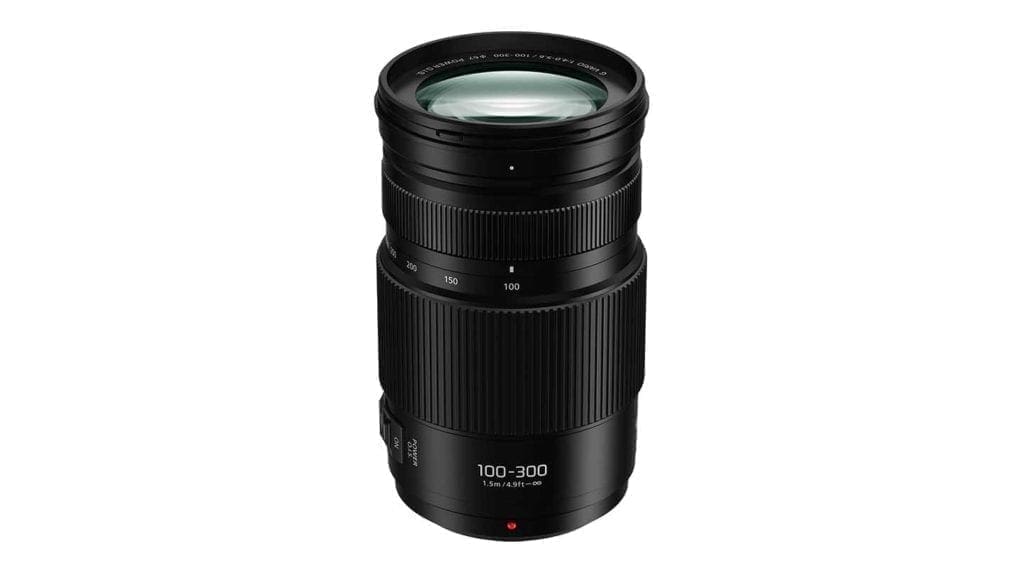
Making your choice
Most photographers start out with a standard kit lens that is sold with the camera. The Lumix GX880 and GX9, for example, are both available with the 12-32mm f/3.5-5.6 Lumix G Vario ASPH Mega OIS lens which is a great little lens that’s suitable for a wide range of photography, from landscapes to portraits.
Many photographers then go on to get a longer lens, perhaps the 100-300mm f4.0-5.6 II Lumix G Vario lens to enable them to shoot more distance objects. After a while they may wish to add a wide-angle lens or perhaps a macro lens to their kit.
With the key focal length ranges covered, enthusiast photographers often look to start upgrading their lenses, perhaps swapping their kit lens for a 12-35mm f2.8 II Lumix G X Vario ASPH Power OIS for its better optics and wider maximum aperture. This is also a great lens for video, having high quality optics and excellent stabilisation that works with the in-body stabilisation system.
After then they may upgrade their other lenses for optics with larger maximum apertures, weatherproofing and better glass.
Vloggers usually need a wide-angle lens so that they can shoot themselves at arm’s length from the camera. The Lumix G Vario 7-14mm f/4 ASPH, which has an effective focal length range of 14-28mm is a perfect choice.
The Lumix G Vario 14-140mm f/3.5-5.6 II ASPH Power OIS is another popular lens with videographers because of its versatile focal length range (effectively 28-280mm), small size, quiet operation and smooth aperture adjustment.
Lumix S-series photographers are likely to make the Lumix 24-105mm f4 Macro OIS or Lumix S Pro 24-70mm f2.8 their first lens and then add one of the two 70-200mm lenses (either f/4 or f/2.8) to extend their range.
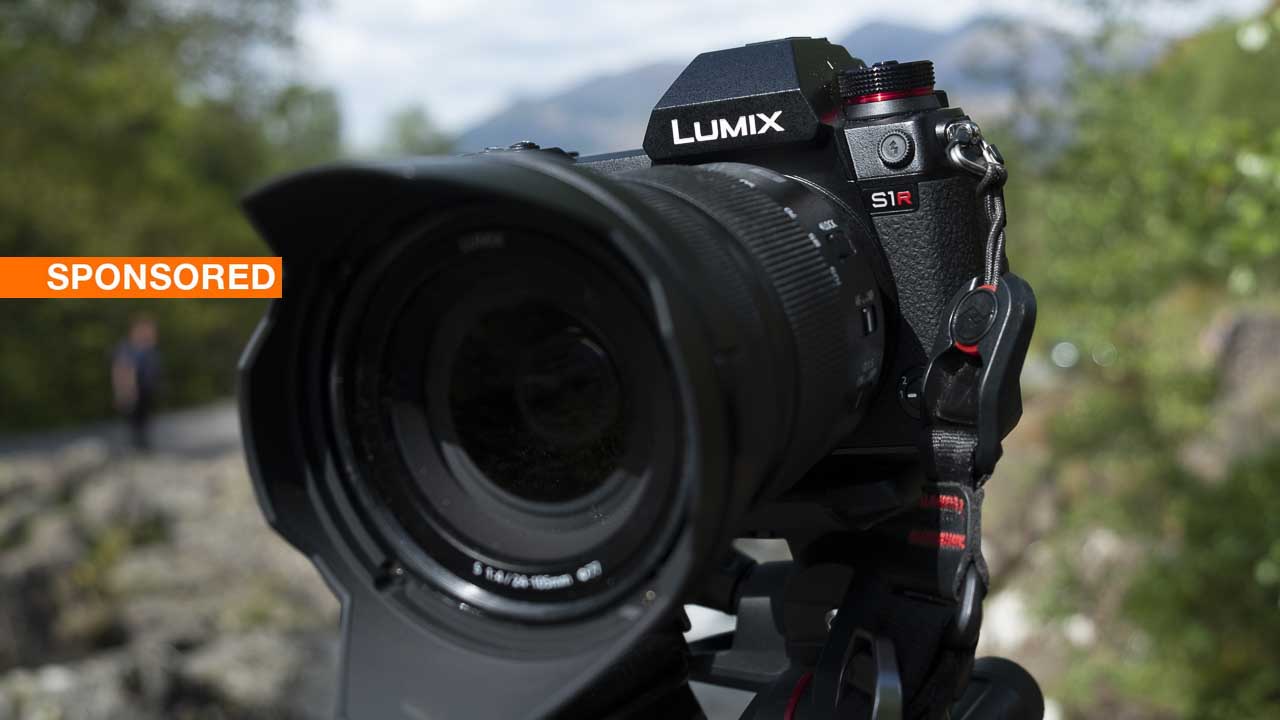

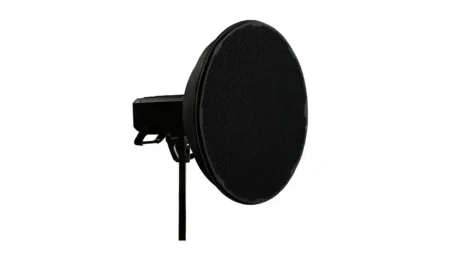
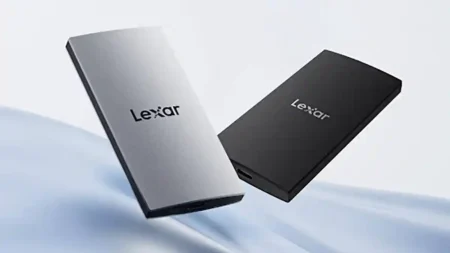
Really useful advice. New Lumix G series owner. Had seriously forgotten a few essentials about zoom lenses. Thanks a lot…!!
Thanks, useful article for Lumix owners!